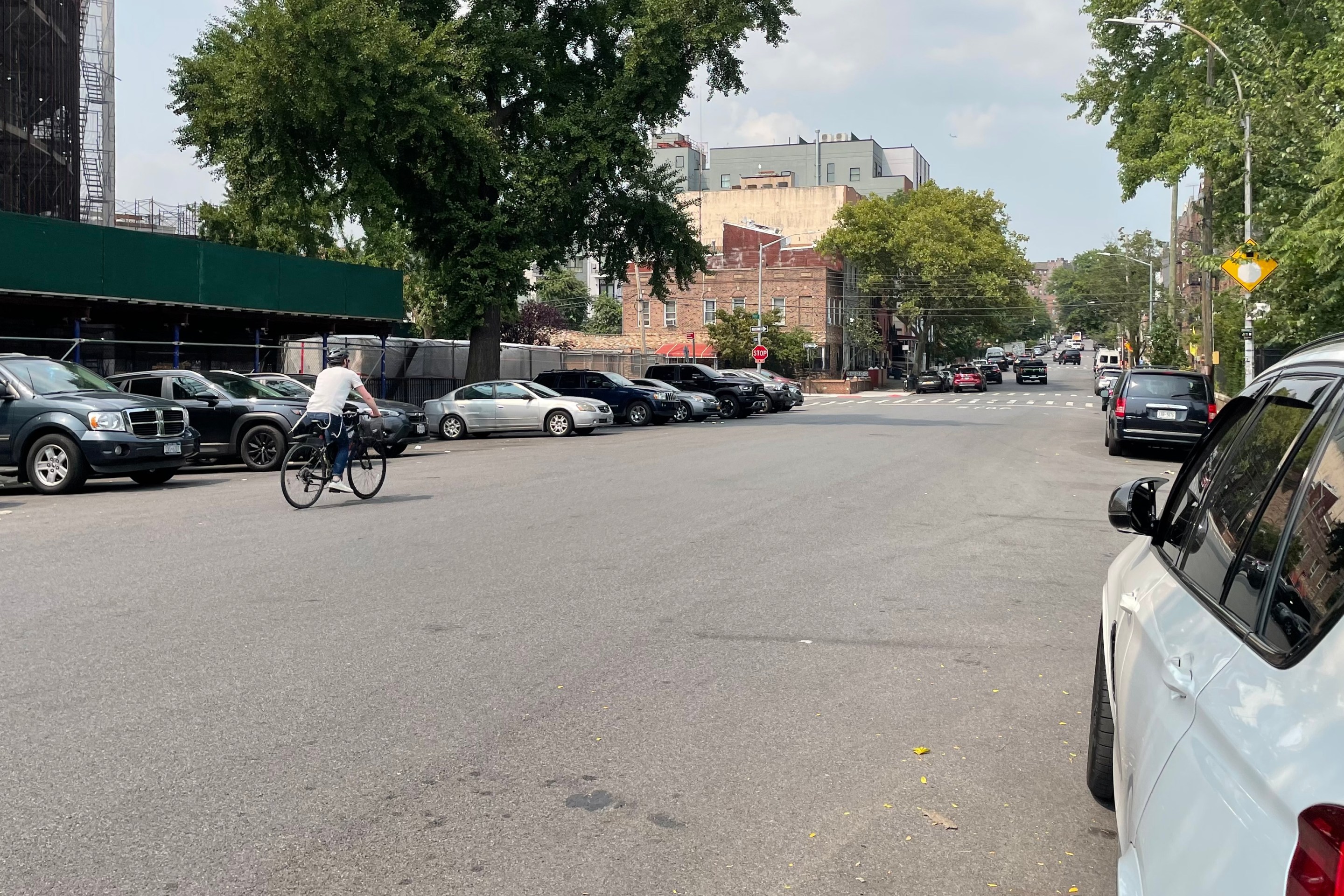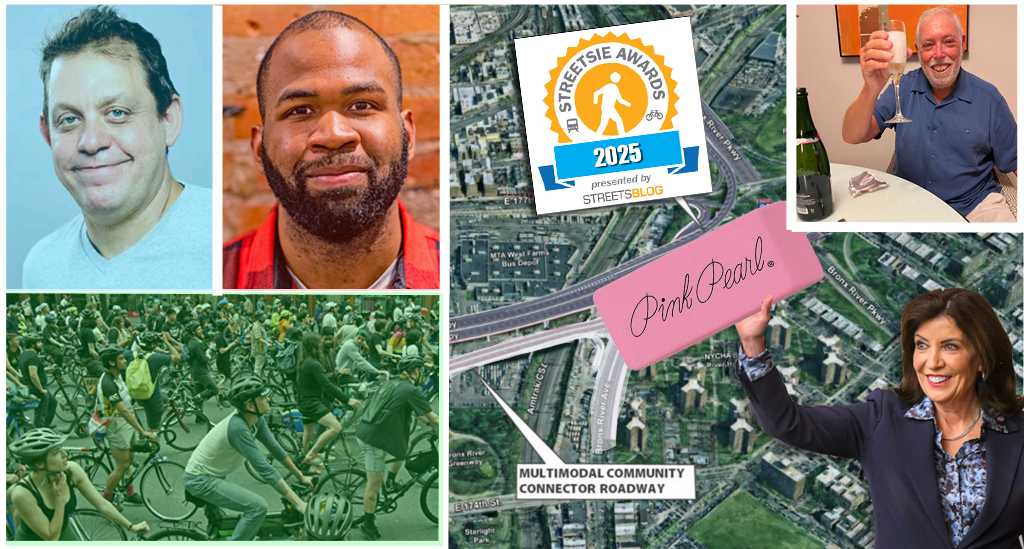Today, a bit of a Transatlantic love on the Streetsblog Network, as Copenhagenize posts about a new paper on how to increase bicycling rates from Rutgers urban planning prof John Pucher. Copenhagenize's Mikael Colville-Andersen writes:
Rutgers urban planning professor John Pucher's new paper talks about ways to increase the use of bicycles.
The newest paper is impressive for its amazing amount of scientific
references. Truly a thorough work, as well an an inspirational one...There
are also some stat boxes near the end in the reference area that
highlight the increasing mobility in cities choosing to embrace bicycle
culture [including Berlin, Paris, Amsterdam and Copenhagen]. It's not really a newsflash, but increased bicycle
infrastructure reduces injury, as well as all the health and societal
benefits. So let's build those cycle tracks.
Pucher's latest paper, available for download here, is co-written by Jennifer Dill of Portland State University and Susan Handy of the University of California, Davis. It starts with a statement that is, unfortunately, still somewhat radical in the United States: "Bicycling is healthy." (This being an academic work, it backs that statement up with a number of citations.)
The authors go on to discuss a number of factors that influence the number of people who choose to use bikes for transportation -- different types of bike lanes, secure parking, access to the bicycles themselves and other variables.
Their conclusion is that there is no magic bullet that will increase cycling rates:
Some individual interventions can increase bicycling to varying degrees, but the increases are usually not large. That does not mean that individual interventions are not important, but they are most effective as part of a more comprehensive effort. Substantial increases in bicycling require an integrated package of many different, complementary interventions, including infrastructure provision and pro-bicycle programs, as well as supportive land use planning and restrictions on car use.
The question for policymakers is if they have the will to implement such coordinated changes. It is, after all, about public health.
More from the network: The Transport Politic looks at different commuter rail options in Kansas City, Missouri. Tulsa Alternative Transportation Examiner reports on the use of grant money by police departments to crack down on pedestrians and cyclists. And Worldchanging looks at the possibility for slower tourism in the future.





